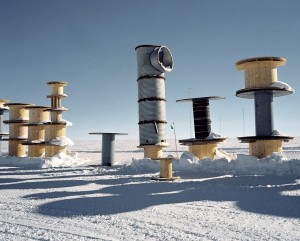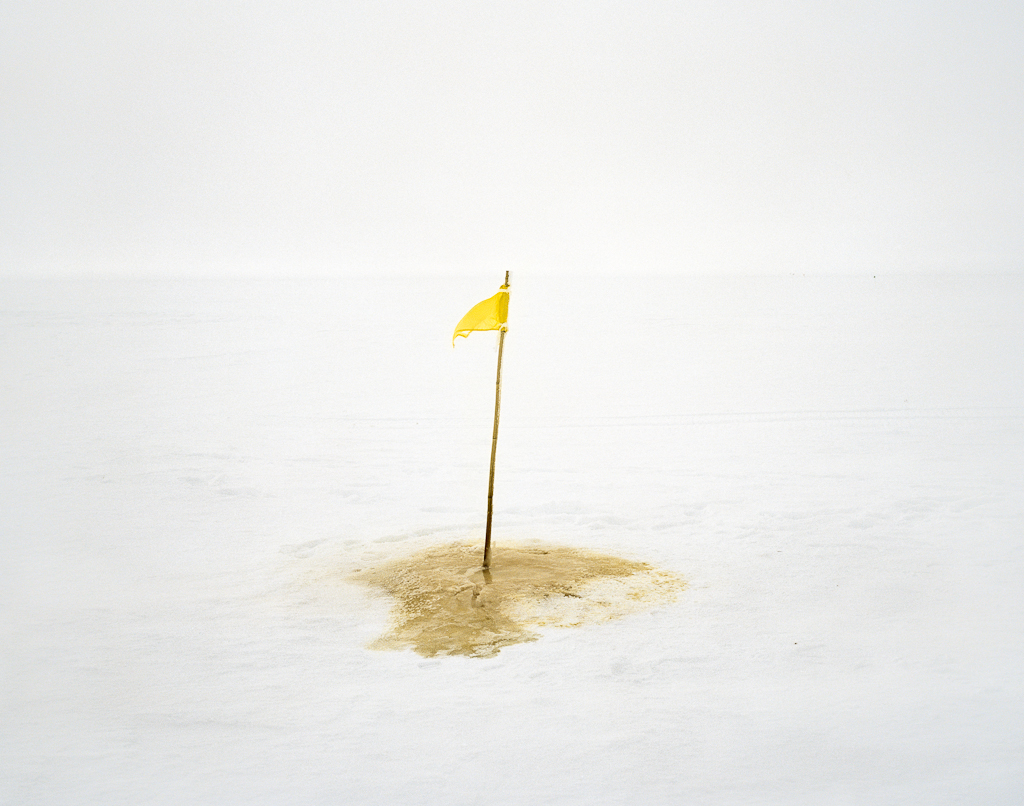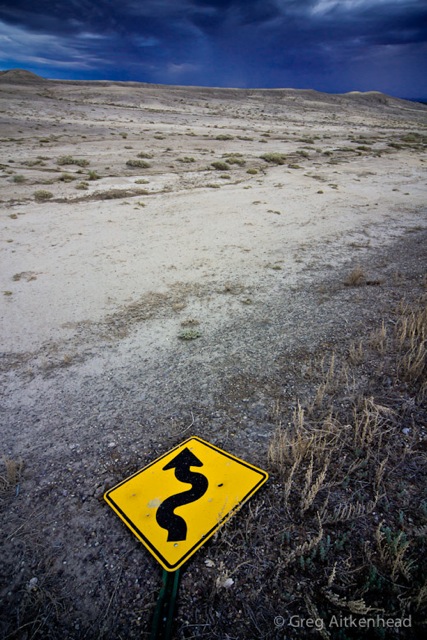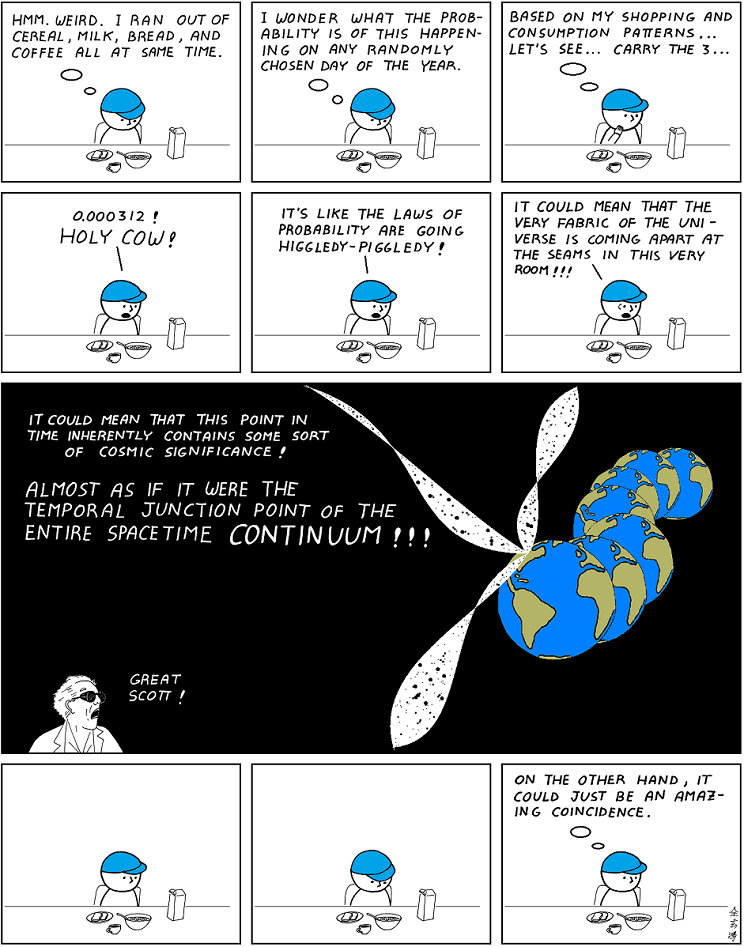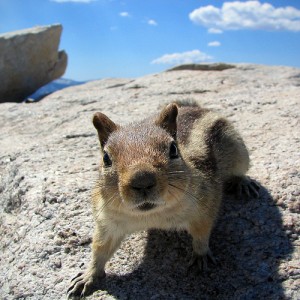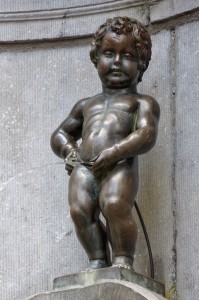 A few recent experiences in the realm of potty training have me thinking about the shortcomings of the human machine. Evolution, for the most part, has been kind to us. But the intelligent designer was missing in action, apparently, when it came time to assign our powers of excretion and elimination.
A few recent experiences in the realm of potty training have me thinking about the shortcomings of the human machine. Evolution, for the most part, has been kind to us. But the intelligent designer was missing in action, apparently, when it came time to assign our powers of excretion and elimination.
The fish and birds have it easiest, I suppose—combining liquid and solid wastes into a single stream just makes sense, and whether your medium of movement is water or air, each free-flowing deposit drops or washes away clean.
Not so with the human toddler, a remarkable creature seemingly capable of shitting its own weight on a daily basis. And save me, someone please, from the rivers of urine. I love my son, but does he have to be so hard to keep clean and dry? If only he’d been born more like one of those desert lizards, the ones that have done away with liquid waste altogether, secreting solid dabs of uric acid instead.
